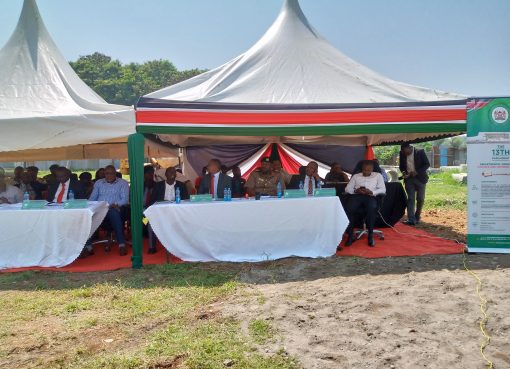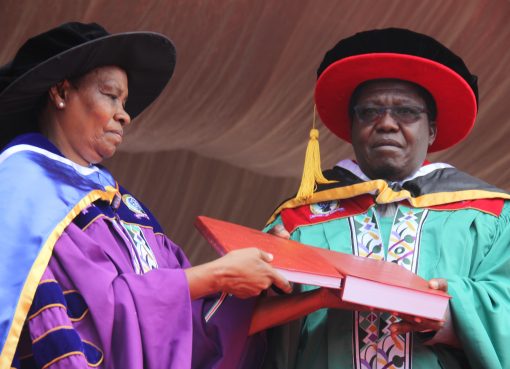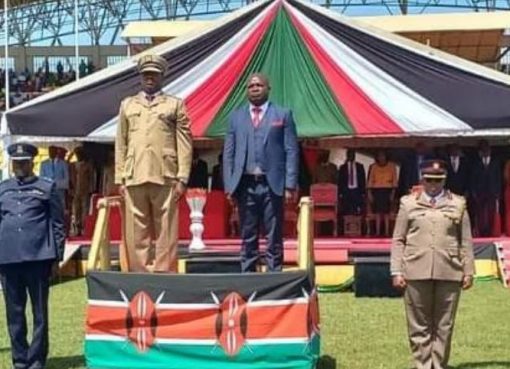The Ministry of Education is set to streamline re-admission of learners back into Basic education institutions after spell of dropping out of the institutions for varied reasons.
This is contained in a draft National Guidelines for School Re-entry in Basic Education which was presented to stakeholders during the finalization of the guidelines at a workshop at the Kenya Institute of Curriculum Development (KICD) yesterday.
The workshop drew participants from Education Officials, Teachers, Teachers Union Officials, parents association and partners.
The Guidelines provide a framework to facilitate re-entry into educational institution for any learner who dropped out of school for whatever reason, and who is eligible to be in school, including children living in the streets.
The acting Director for Policy, Partnership and East African Community Affairs, Dr. Sylvester Mulambe said early pregnancy, child marriages, female genital mutilation, drugs and substance abuse, and bullying are some of the factors that influenced learners to drop out of schools.
Dr. Mulambe added that unmet needs for the gifted and those with disabilities, HIV and AIDS, Gender-based violence, corporal punishment, forced repetition, child labour human and natural disasters also contribute to children leaving school prematurely.
Dr. Mulambe said that the guidelines will go beyond girl child re-entry.
“The aim is to put in place measures to control re-entry and discourage pregnancy in schools, while providing an opportunity for all learners to progress and access quality Education irrespective of their circumstances,” Dr. Mulambe said.
According to the Kenya National Bureau of Statistics, (KNBS), Dr. Mulambe observed, Narok County had the highest burden of Child pregnancy at 40% followed by Homa Bay at 33%, West Pokot 29%.
“Nyamira and Tana river have a child pregnancy burden standing at 28%, Samburu 26%, Bomet, Kwale and Migori at 24% and Trans Nzoia at 23%,” Dr. Mulambe said, quoting KNBS.
He thanked UNESCO, The United Nations Population Fund (UNPF), Forum for African Women Educationalists (FAWE), SRHR Alliance in Kenya, Plan International, Girl Child Network and other partners for the support it had accorded the Ministry in its efforts to ensure school going children in Kenya access quality, equitable and relevant education.
By Alice Gworo




